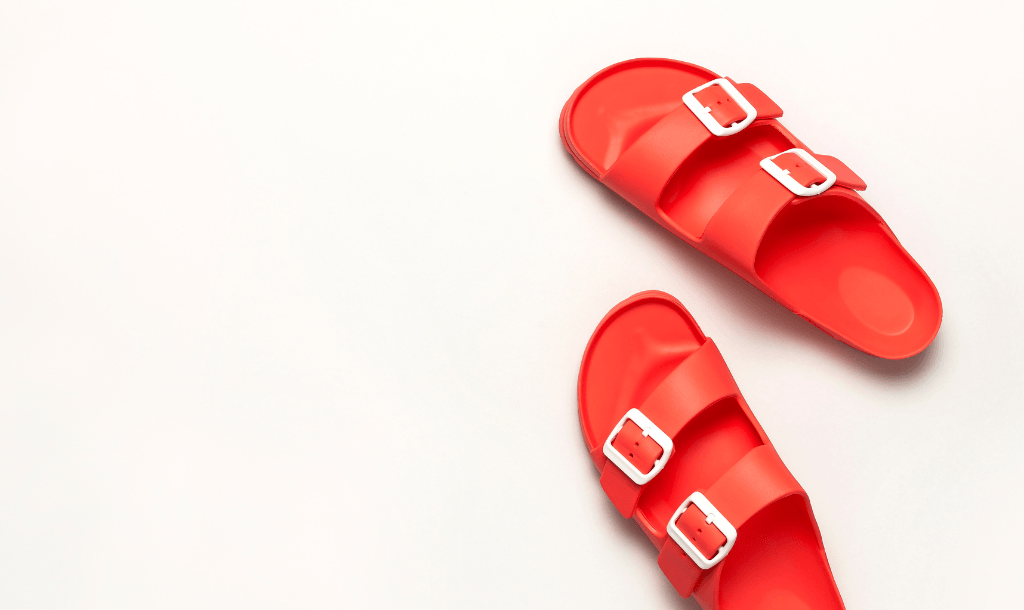If you have spent time and money creating a new design or product, a design registration can help you prevent competitors from unfairly taking advantage of those efforts.
Typically the look of a product can be a key influencer in a purchasing decision. The owner of a design registration is granted a monopoly to manufacture, sell, licence, import, and use articles embodying the protected design in New Zealand for up to 15 years.
Registering a design is less expensive than obtaining a patent. The procedures are simpler and enforceable protection is available much sooner. Registration can provide protection against copying the appearance of a preferred version of an invention until a patent is granted for the principle of operation and other embodiments.
The penalties for infringement of a registered design are substantial and can include damages, an account of profits, litigation costs, delivery up of infringing articles and surrender of machinery used to make them. Generally, litigation is not necessary to prevent infringement of a registered design. The existence of a design registration can be sufficient to deter competitors from copying and adequate marking will warn them of the existence of proprietary rights in the design.
The rights conferred by a design registration can be sold or licensed. Manufacturers are often reluctant to enter into a licensing agreement unless an application to register the design has been filed. The existence of a design registration will ensure their investment will not be unfairly diminished by competitors. Design registrations may also be a useful tool for preventing parallel imports.
Design registrations offer greater protection against would be copiers than is available under New Zealand copyright legislation.
Misappropriation of a new design is less likely if an application is filed before approaching potential manufacturers and investors.


































